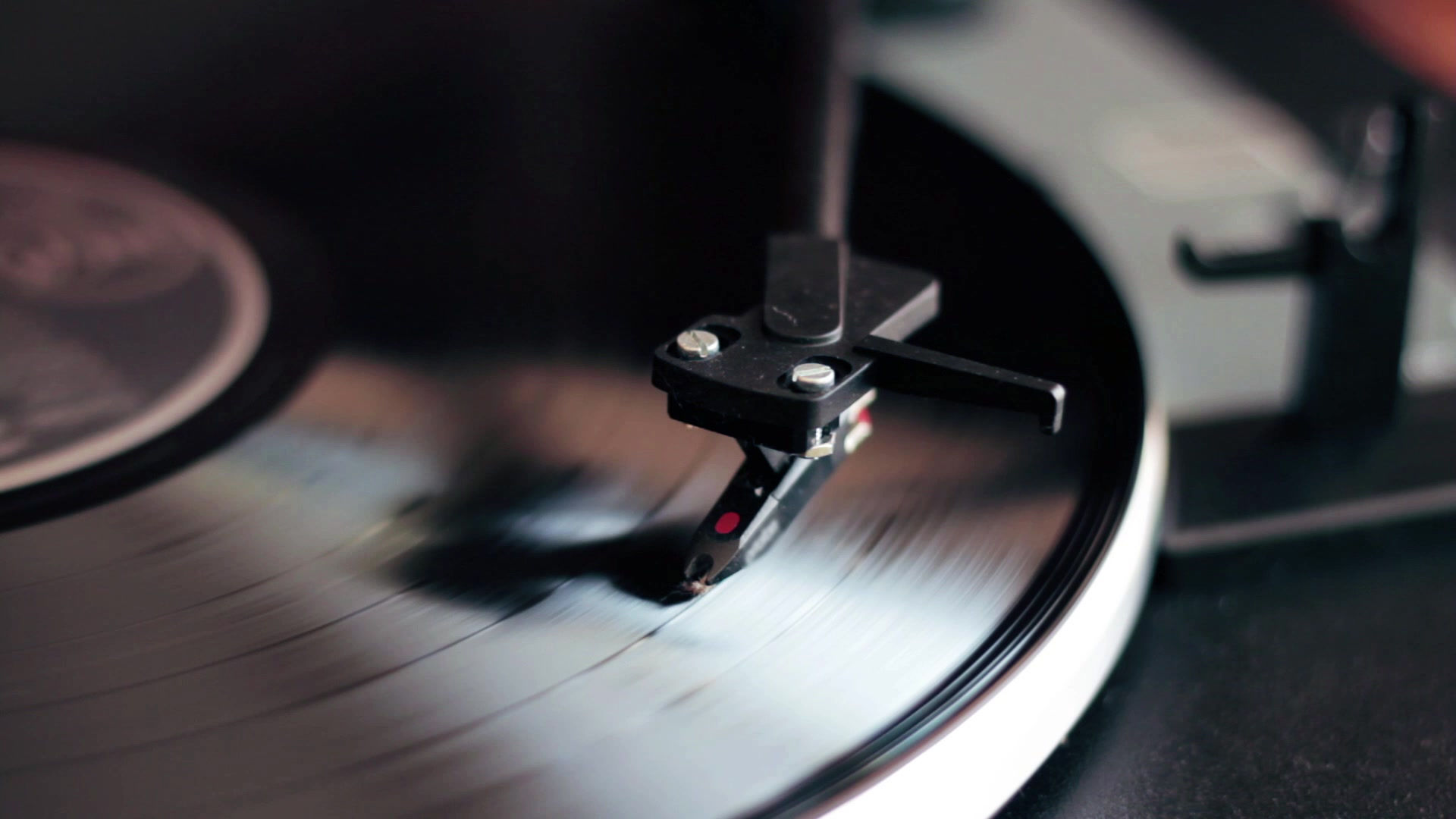Ghost
- Gerald Van Waes
- Jun 25, 2016
- 3 min read

* Review of the CD :
The group Ghost is/was one of the few new Japanese groups that became known outside Japan which melted acidfolk with psychedelica, but even there they didn’t limit themselves with their expressions. Improvisation always was important for them. This album is a live improvisation recorded in a huge former warehouse for mailboats.
To increase the attention to the created sounds the players couldn’t see each other on stage, and furthermore were disconnected with a reverberation length of space of 13-15 seconds long before them, the same size of what appears in a limestone cave. This gives a natural, almost spiritual effect to the attention, which giving meaning to communicative spaces between the musicians and the sounds they produce. In that way the music is often somewhat meditative, free and conscious, different from previous Ghost recordings I have heard before, in a convincing way. The concert started in total darkness. Luckily not all instruments are used at once, but are sensitively sparsely touching blindly around themselves, seeking senses with the other, until some free senses and long distance echoing basses and percussion increases their energy to draconic tensions, breathing fire, before calming down again. Beautiful flute improvisations, sax, oscillating and then jazz piano, lots of cymbal tensions in the air, hand percussion produce mostly very acoustic sounds, but sometimes iron-like sounds and the big room gives something of an industrial tension, and of course there are bits of amplified and electric guitar, but not too often.
Ghost is Junzo Tateiwa : waterphone, tabla-baya, darbuka, frame, drums, cymbals ; Trishitakizawa : saxophones, flute, tin whistler, bells and voice ; Michio Kurihara : electric guitar ; Takuyuki Moriya : contrabass ; Masaki Batoh : tapes, voice, acoustic guitar, cymbal spanking and Kazuo Ogino : lute, piano, kayal, recorders.
* Review of the DVD :
The DVD gives a more complete picture of the concert, which also had a visual aspect. The musicians were hidden behind curtains. 6 people took care of overheads and often computer-controlled lighting visuals projected on the curtains and pillars. The first images build themselves up from darkness and change the room into a temple-like event, with pages from a book, so as if some kind of initiation and event, which seems to make the public at first bewildered, slightly uncomfortable, silent, becoming part of this event which has at first a rather spiritual effect. The images become like wallpaper on the curtains, a bit more colourful, and then start to move with complex forms in different directions simultaneously. The musicians seem to adapt themselves slightly to the visual effects. The piano at times seems to accompany a silent movie for something that becomes also a bit more a linear moving wallpaper. The music at times seems to penetrate further finding the limits of its space, but the images come to have something limited too, with certain patterns of movement, dark tension occurring more often, this stretches many moments, demanding a bit more patience for change, while still minor visual surprises occur much later. It is a great progressive leap to what was possible in earlier days of visual effects on stage, but having moved to a next stage I also expected real interactions to occur while the images remained in all its movement a stagnant content of covering things up with beautiful light, confusing changing shapes, it only changed the environment really and completely at certain points in the concept. In that way I am not sure how much the video recording will surprise people enough for its whole length of time in cinema. I can only say that I wished to have seen this on a bigger screen than I could.
























Comments